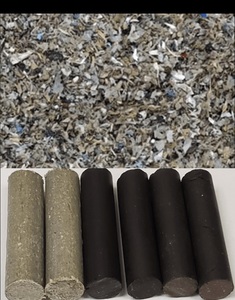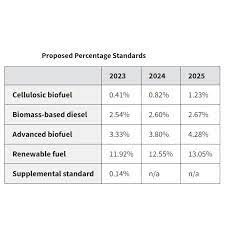
TEMA’s Toyota Research Institute of North America (TRINA) division will administer the project—Development of an Autonomous Robotic Disassembly Process for Applications in Battery Pack Circularity—in collaboration with Oak Ridge National Laboratory (ORNL), National Renewable Energy Laboratory (NREL) and Baker Hughes’ inspection technology product line, Waygate Technologies to pursue the project goals.
This project aims to develop an industry-relevant template for a 3R (Reduce, Reuse, Recycle) facility of the future. The goal is to help resolve the primary bottlenecks in current battery supply chain circularity, which are the automation of battery pack disassembly, data-driven battery classification, and addressing cell degradation.
In support of this goal, the teams working on the project will develop tools and procedures. They will include an automated pack disassembly process, advanced diagnostic tools and protocols for module and cell 3R classifications, and a refabrication method for 3R cells into new energy systems. Together, these innovations envision a scenario where end-of-life lithium-ion batteries are systematically evaluated, classified and reused prior to being considered for recycling.
The concepts developed within this project will also be applied in industrial settings led by TMNA’s Battery Lifecycle Solutions (BLS), Business Development Team.
As end-of-life and battery scrap volumes increase in the coming years, a new approach is needed to extend the useful life of many standard battery pack components, and conserve their initial techno-economic investments, paving the way for a more sustainable, circular battery supply chain.







